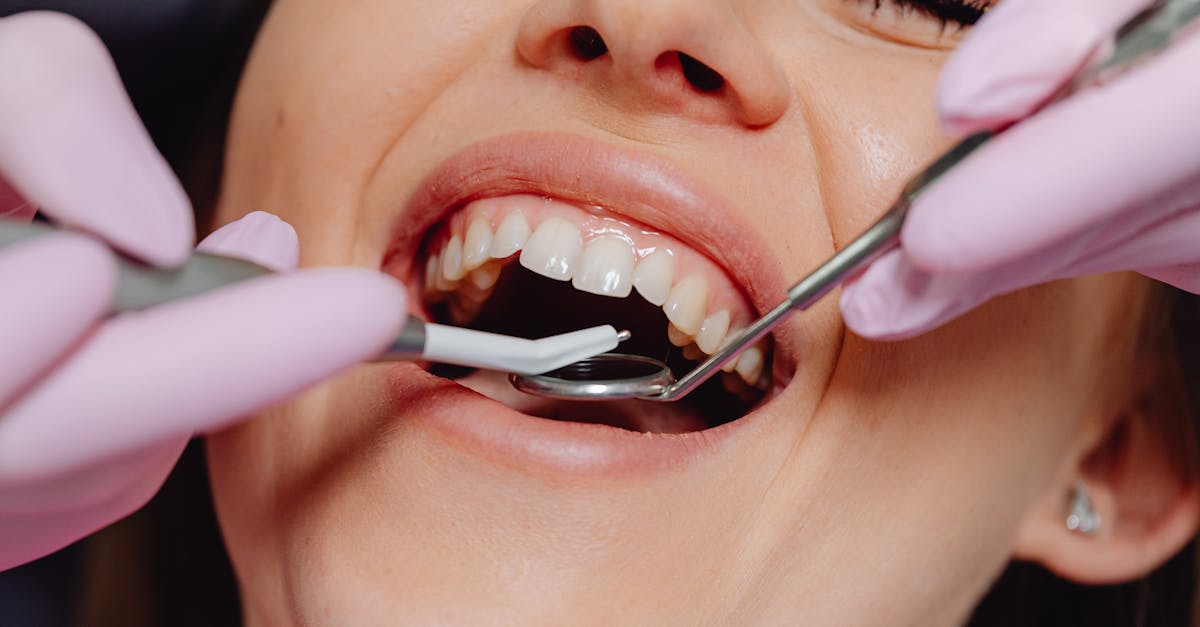
Mobile Dental Carts
Table Of Contents
In recent years, the demand for accessible dental care has surged, leading to the innovation of various solutions. Notably, the emergence of First Products Dental Carts has transformed how dental professionals provide services, particularly in remote or underserved areas. These mobile units are designed to cater to a wide range of patients, ensuring that quality dental care is always within reach, regardless of location.
The functionality and versatility of these dental carts for mobile use are remarkable. First products dental carts offer essential tools and equipment in a compact design, allowing practitioners to bring their services directly to patients. As a result, portable dental carts are becoming a cornerstone in the movement toward equitable healthcare access, proving that high-quality dental care can be both efficient and adaptable to diverse environments.
Cost Savings of Portable Dental Systems
Portable dental carts provide substantial cost advantages to dental offices. Through employing these flexible systems, offices can lower overhead costs associated with traditional dental setups. Portable units allow to versatility in service delivery, enabling dentists to bring care directly to patients, consequently minimizing the need for expensive office space and equipment.
An additional advantage of portable dental carts is the ability to enhance productivity. Practitioners can serve more patients in a shorter amount of time, leading to greater revenue potential. Furthermore, these systems often have lower initial investments compared to traditional setups, which can additionally contribute overall financial savings. With minimizing operating costs while upholding quality care, portable dental systems constitute a prudent choice for modern dental practices.
Evaluating the Value on Investment of Mobile Dental Units
Mobile oral carts have notable merits in contemporary dental practices. Evaluating the return on cost involves considering factors such as enhanced accessibility and patient satisfaction. These carts allow dental professionals to reach patients in various locations, reducing overhead costs associated with traditional office settings. Additionally, the mobility provided by these units can lead to better patient outcomes and enhanced revenue streams.
Through the context of understanding the return on cost, it is essential to look at the initial costs and long-term savings provided by portable oral carts. Even though the purchase price may seem high, the potential for increasing a practice’s reach and enhancing service delivery can justify this investment. Alongside that, portable units can decrease the need for extensive office space and related expenses. In the end, a thorough evaluation of these factors can help dental practices make informed decisions about integrating portable solutions into their service offerings.
Educating Professionals for Transportable Oral Cart Implementation
Educating professionals for transportable dental unit implementation is essential for ensuring successful integration into practice. A successful training program should concentrate on familiarizing team members with the tools and methods necessary for operating these units. Hands-on training sessions can enhance confidence while providing valuable experience in a controlled environment. In-field simulations can also equip professionals to handle different scenarios they may encounter in the field.
Additionally, ongoing education is crucial to keep professionals updated on the latest techniques and best practices in mobile dental care. Regular workshops and refresher courses can enable professionals to stay informed and continue improving their capabilities. Employing feedback from professionals during these training sessions can provide insight into areas needing further attention or development. By investing in quality training and education, organizations can ensure that their transportable dental system is utilized effectively, leading to improved patient care and outcomes.
Effective Practices for Training Oral Professionals
Training dental professionals is crucial for the efficiency of mobile dental carts. Implementing hands-on training sessions may enhance the skills of staff members. Incorporating practical scenarios during training empowers trainees to gain valuable expertise. Utilizing visual aids and hands-on activities may additionally facilitate learning and retention.
Creating a structured training program is a further key aspect to include. Regular assessments and feedback loops help instructors to identify areas for improvement among team members. Fostering a culture of continuous learning promises that staff remain knowledgeable about the latest practices in mobile dentistry. Networking with other dental professionals and participating in workshops or seminars may further provide insightful insights into effective training strategies.
Exploring Future of Portable Oral Systems
Portable oral systems are increasingly becoming a crucial component in today's dental care. Such innovative systems facilitate dental professionals to deliver services within various locations, improving access to care for clients. These developments reflect a increasing emphasis on client-focused approaches, making it easier for dental practitioners to reach underserved populations.
In light of the innovations in technology, future mobile oral systems are expected to become even more sophisticated. Capabilities such as digital imaging and cohesive patient management systems will enhance the efficiency and effectiveness of oral care. Moreover, the design of these portable units will likely focus on user-friendliness and maneuverability. This evolution in mobile oral systems signifies a transformative shift in how dental services are delivered, ultimately benefiting both providers and patients.
Expectations on How Mobile Dental Carts Will Develop
These transportable dental carts will be anticipated to transform with innovations in technology. Integration of smart features such as telehealth will likely improve the performance of these solutions. Additionally, incorporating sustainable materials into their design will demonstrate the growing focus on ecological practices in healthcare.
The advances will not only benefit dental professionals but also elevate patient experience. Ease of access will be a crucial factor in the progress of transportable dental carts, enabling practitioners to reach underserved populations and remote areas. As the integration of user-friendly interfaces, patients will be able to engage more smoothly with their dental care providers, leading to enhanced outcomes and overall satisfaction.